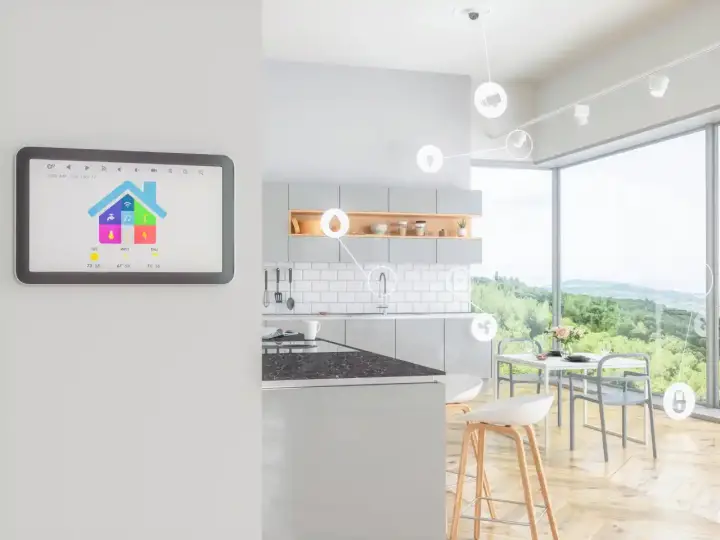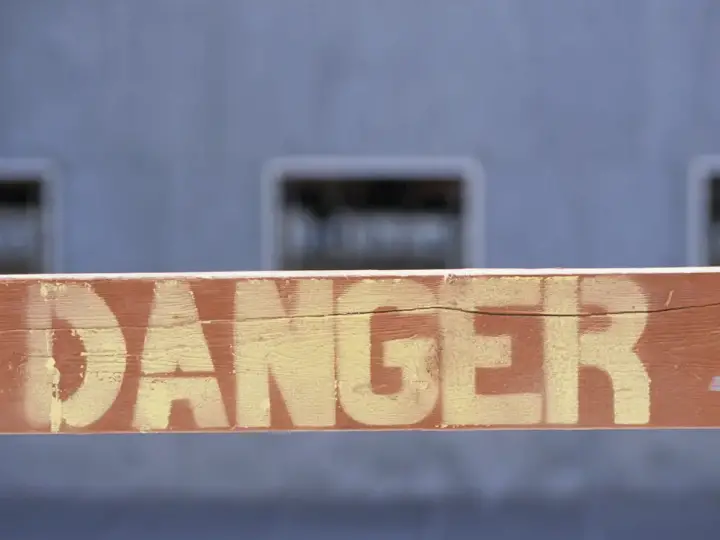Smart Bulbs: Should You Be Using Them Outside? Probably Not
Updated on 17th May 2021 03:43 in General, IoT, Smart
It's almost a universal fact that lighting is all around houses - both inside and out. We quite like being able to see, so that's totally understandable! The process is rather simple with indoor fixtures but can quickly become complicated when dealing with the great outdoors. Water, snow, the sun, animals, and insects are just a few of the things you have to consider before putting a smart bulb outside. Should you really be using them outside at all, though? It actually depends - it's probably fine, but you need to take several precautions regardless.
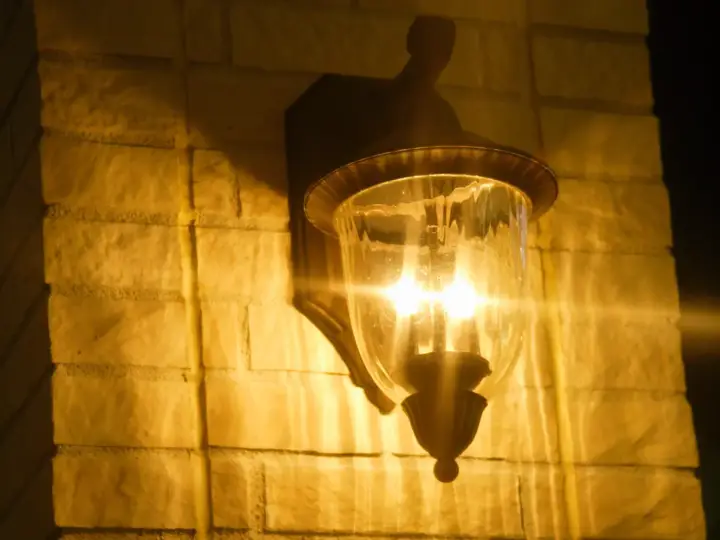
Table of Contents
Always follow manufacturer guidelines! Doing something they tell you not to do can be dangerous but can also void your warranty and waive their liability. That means if something goes wrong while misusing the product, you could be liable for any damages! Regardless, always do your due diligence!
Can I use my smart bulbs outside?
As it turns out, the answer is quite complicated. Nothing is stopping you from using any electrical appliance outdoors, but most would never dare use something like a toaster oven outside. Even when things like that end up outside, it's most often only for a short duration until they are brought back in. Despite that, we commonly use light bulbs outside to see and for safety and security reasons. The lights that are outside are usually specially designed to handle the elements. The conditions outdoors are usually not suitable for anything but the most rugged products - unless you live in a paradise where the weather is always perfect.
That's why as a general rule, you should not use smart bulbs outside. Electronics belong far away from water unless they are designed for that, or you are an expert and know exactly what you are doing. Electrocution is a real danger that could get you if you aren't careful! Despite that, there are some situations where using a smart bulb outside could be fine. Some of those will be revealed in the next section. Overall, you want to avoid exposing devices that aren't rated for the outdoors to such harsh conditions.
What conditions are difficult for a smart bulb?
Most electronic devices are built to operate in a precise range of conditions that are most likely to be encountered during normal use. The typical range for commercial products is 0° - 70° Celcius, with the lower end often being a bit higher due to the difficulty of freezing temperatures. Typically, electronic components are built to handle indoor ambient conditions - somewhere around 20° C. This is both because making them more tolerant is expensive and because it's challenging. This leads to possible problems when used outside as the temperature can change drastically depending on your local climate.
If it gets too hot outside or the sun shines directly on the bulb for extended periods of time, things may begin to melt or malfunction. Remember, while it may be a tolerable temperature outside, the inside of a bulb often gets quite hot! A common way of mounting bulbs outside involves using a full enclosure that needs to be unscrewed or clipped off to reveal the inside. These are great at keeping moisture out but are also good at keeping the heat in - making it even easier for it to overheat. Temperatures below ambient and under 0° C can also cause water to condense inside the bulb, shorting the electronics and potentially destroying them.
Weather conditions such as rain, snow, and strung sun can also cause problems. Rain usually dumps a large quantity of water on everything below, so you better be sure your smart bulb is sealed if it's exposed to rain in any way. If it snows where you live, that can also be a problem. The cold can cause the electronics to malfunction, and the ice build-up on the fixture can actually cause it to overheat. Last but not least, the sun's rays can damage the bulb over time. You may have noticed discolouration on plastic that has been left outside. The heat and the ultraviolet light damage the chemical bonds inside the material to the point where they lose their colour and become physically weaker. This takes time to show up, but when it happens, you might be buying new bulbs.
The last common problem you might encounter is damage caused by insects or animals. Generally, it's rather uncommon to hear of animals causing problems with smart bulbs, but it could happen if you live near a lot of them. Insects are typically the big problem as they are small enough to get inside the bulb in some cases. While this already sounds pretty gross, it can be a lot more problematic than that if they happen to damage something inside. It's happened countless times to lights I had outside, and it can happen to yours as well. They like the light, so it's not uncommon to see them around, but you need to keep an eye on them, or you might need to replace the bulbs.
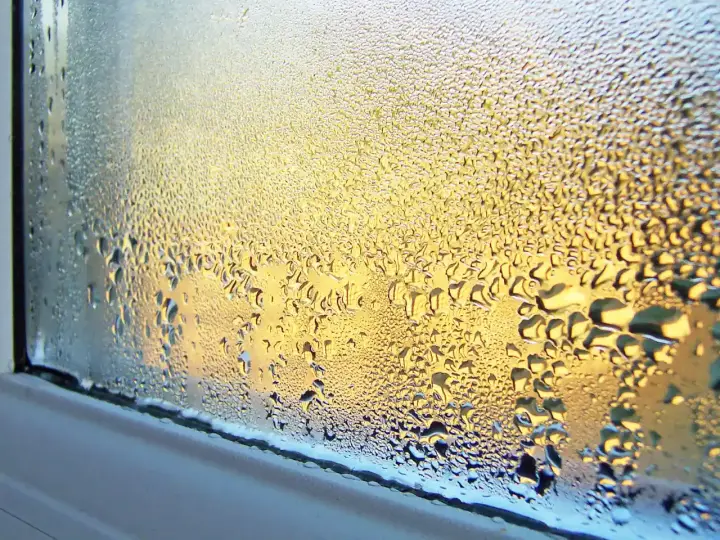
How to keep these problems from affecting your bulb
Despite the seemingly endless number of ways something can go wrong, things can also go well if you take the appropriate precautions. For each section below, ensure you follow the tips to have the best chance at success.
Checking your fixture
One of the first steps is to determine whether your target fixture is up to the task. You want to make sure it encloses the bulb as much as possible to protect it from the outside. Models that use a plastic cover with sealed seams are perfect for this, though they may run into trouble with overheating. Unfortunately, fixtures that provide cover from above are not sufficient to prevent the kind of damage that can occur with severe weather. These ones typically look like a lampshade on a stick or like a large outdoor space heater.
You may also have fixtures that look a bit like garden lights which have a glass cylinder housing the bulb. These require caution because they will all have varying degrees of protection for the bulb inside. Check to see if there are any small holes where water could enter. If you don't know, you can always try to put it outside empty and check later to see if any moisture got in. This kind of fixture usually uses a special type of bulb that isn't normally made in a smart format. Double-check that yours accepts regular light bulbs before committing to it to be safe.
The last kind of fixture we will talk about is the light socket on its own without any special cover. You must avoid putting any sort of smart bulb in this socket as it is not only likely to break but also dangerous. The chance of getting a shock is very high with this kind of fixture, so you should leave it alone and get it replaced with something safer. As a general rule, if you are going to put a smart bulb outside, you need to make sure the socket is completely covered. There are many other fixtures that we didn't talk about, but the same general rule applies to those as well.
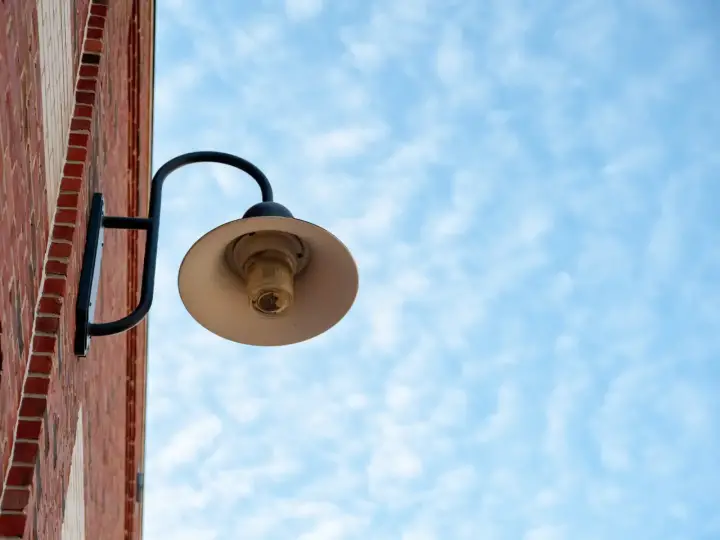
Checking the bulb
Most bulbs are sold for indoor use and make no mention of outdoor compatibility in the product description unless they are advertised specifically for that purpose. Despite this, the instruction manual will often specify that they cannot be used outdoors to avoid damage or shock. If the manufacturer says it shouldn't be used outdoors, you are taking a risk by doing so. While some may still be fine to use, you need to be extra cautious as the responsibility is now yours to keep it safe. You don't want someone getting hurt because you made a mistake!
Usually, everything will be fine, even if you aren't supposed to be using the bulb outside. Despite that, since it hasn't been officially endorsed as an acceptable installation option, there is no promise that it will work, and any liability will be on you. The type of bulb actually has an impact on its durability outside as well. Traditional bulbs use a filament that glows when heated to generate light, while newer LED lights operate without creating much heat comparatively. LED bulbs are also a lot more durable than other types because the part that emits light is much less fragile. Nowadays, virtually all smart bulbs are going to be LED.
The wireless protocol
The last thing that you need to worry about with smart bulbs is their wireless connectivity. We can all agree that a bulb isn't very smart if it isn't connected to some sort of controller, be it a hub or a cloud system. After all, that makes sense; most "smart" functionality comes from the fact that it's controllable via a computer. Despite serving a similar purpose, all wireless protocols are not built the same, and the one you use will determine what you need to consider before installing smart bulbs outside.
WiFi
The most available protocol is WiFi and is used for much more than just smart devices, but it also has some of the most severe limitations that will potentially change your plans. As it is a central network where all nodes communicate with a single central station (your router normally), the range is quite limited. In fact, the outside of a house is notoriously bad for signal strength, often leading to frustration. While your phone or computer can just be moved inside, the bulbs are a bit harder to fix. If you already have trouble getting connected in the backyard, you might want to go for a mesh protocol like the next two.
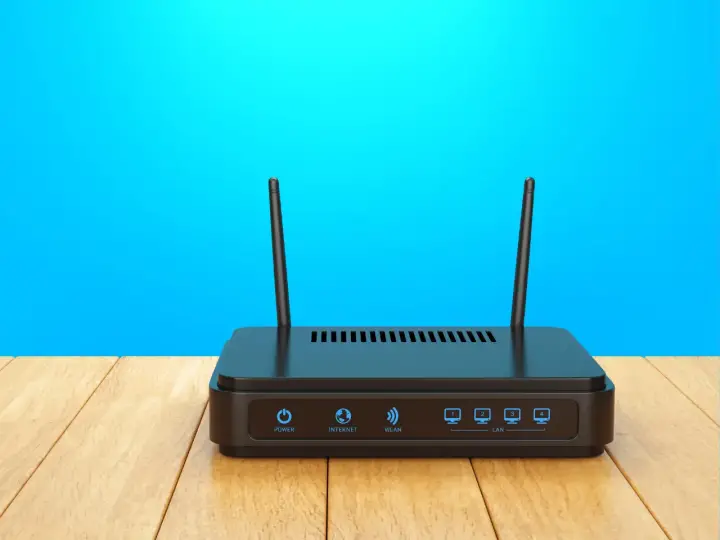
Z-Wave
Z-Wave is a mesh network in which each connected device repeats the signal to surrounding nodes. This leads to a strongly connected network where devices can be quite a distance from the hub. When it isn't easy to run wires or add extra access points, Z-Wave makes things much easier. Essentially, every plugged in (mains powered) device you add will act as a repeater, effectively extending the total range of your network. The required circuitry to support Z-Wave also uses much less power than WiFi, which can save money on your power bill in the long run. Keep in mind: if a repeater goes down and nothing else can bridge the gap, you might lose connectivity to an area. Always have multiple devices at key locations for extending the network.
Zigbee
Zigbee is almost identical in functionality to Z-Wave, with only a few minor differences. The biggest one is that Zigbee is just a wireless standard that anyone and that is used in all sorts of electronics, while Z-Wave is specifically meant for smart homes. In practice, this doesn't change much other than the fact that you need to be careful to get Zigbee devices that work together as each vendor is free to use the message structure they please. Compatibility can be really bad because of this, so check that your smart bulbs will work before buying! That's because, unlike Z-Wave, Zigbee does not have a regulator that determines if a product is up to the standard before allowing it to be sold. Keep in mind that none of this is necessarily a bad thing, just that they are factors you should consider.
Zigbee also experiences the same repeater issue as Z-Wave.
Which standard should you use?
To be honest, it doesn't really matter. Pick one you like and begin using it if you haven't already got multiple devices on one of the many options. For outdoors, you are better to use a mesh network like Z-Wave or Zigbee if you can help it - just because otherwise, you risk some of your devices being out of range or having a bad signal strength. There is also a wireless protocol called Thread which behaves similarly. As of the time of writing, there are practically no products available that use it, though, so you might have better luck in the future.
What else can I use instead of smart bulbs?
No one is saying that having a backyard decked out with smart bulbs doesn't look amazing, but I also think that other options might be better in some situations. Consider the case where one or more of the conditions that make smart bulbs difficult to use are present. You could attempt to make it work for all of the bulbs you wanted to use, or you could look for a different solution. While it's virtually indisputable that smart bulbs are the easiest type to install, they may not be the best or even the easiest in the long run.
In any case, it's important to know that there are other options available such as using a relay or a smart switch. A relay is essentially just an electronic switch that flips into the "on" position power is applied and "off" when it is disconnected. You could wire one in with the power to each light, making it such that you can control the lights electronically. That method is rather advanced, though, so don't worry if you have no idea what I'm talking about or would rather not fiddle with the wiring yourself.
For everyone else, there is also the option to use a smart switch to drive the outside lights. Many homes have a light switch indoors that's wired to one or more circuits outside. The regular switch on these can be replaced with a smart switch, allowing them to be controlled through your smart home. The advantage of this method is that the complex electronics can remain indoors, while the disadvantage is that you usually lose the option to have multiple colours. Check out my article on picking between a smart switch and a smart bulb here for more details on how they can be useful in some situations.

